The easiest way to maintain your landscape lighting is prevention
You’re familiar with the old saying: “An ounce of prevention is worth a pound of cure!”
This saying holds true in numerous situations, and low-voltage landscape lighting is no exception.
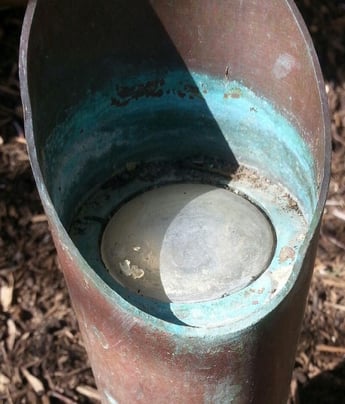
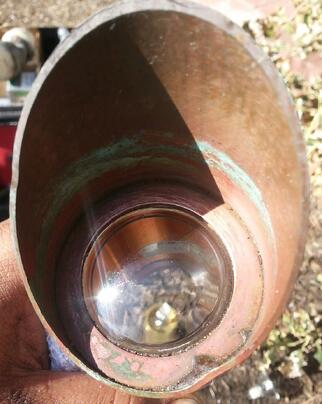
Gardening and landscape maintenance
Whether you have a gardener planting new vegetation or you’re doing it yourself, there are a couple of things you can do to avoid lighting problems.
- Plant Placement
Where you place your new plants, flowers & greenery can have an effect on the performance of your lights.
It’s important to not place new plants in front of or too close to your lighting fixtures, as they can grow large and block the light.
- Adding Mulch
Believe it or not, we have been out on several service calls where a light has been buried in mulch.
If you have your gardener put down new mulch, make sure you are communicating to them to watch out for your lighting. Sometimes it can even be worth it to flag all of your fixtures.
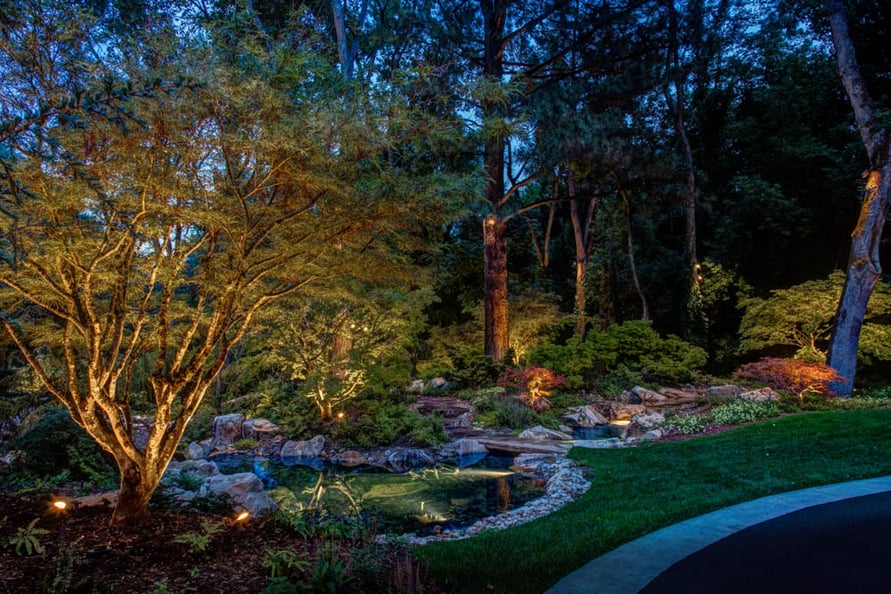
- Trees
Tree removal can sometimes be a sad part of home ownership, but when it does happen, and you have a downlight mounted in the tree, it’s best to have your lighting specialists come to relocate it for you.
- Accounting For Tree Growth
Ensure that your fixture placement is accounting for eventual tree growth.
- Snow Shovels
Simply be mindful of where your snow shovel is going. Striking a path light with a snow shovel can damage or break your fixture.
- Moisture Inside Fixture
The biggest threat the outdoor environment possesses to your landscape lighting system is moisture.
If you are experiencing any issues with moisture, it is highly recommended to seek professional assistance for servicing the fixture. A skilled technician will thoroughly inspect the fixture, identify the sources of water ingress, and proceed to reseal or replace any worn-out components to rectify the problem.
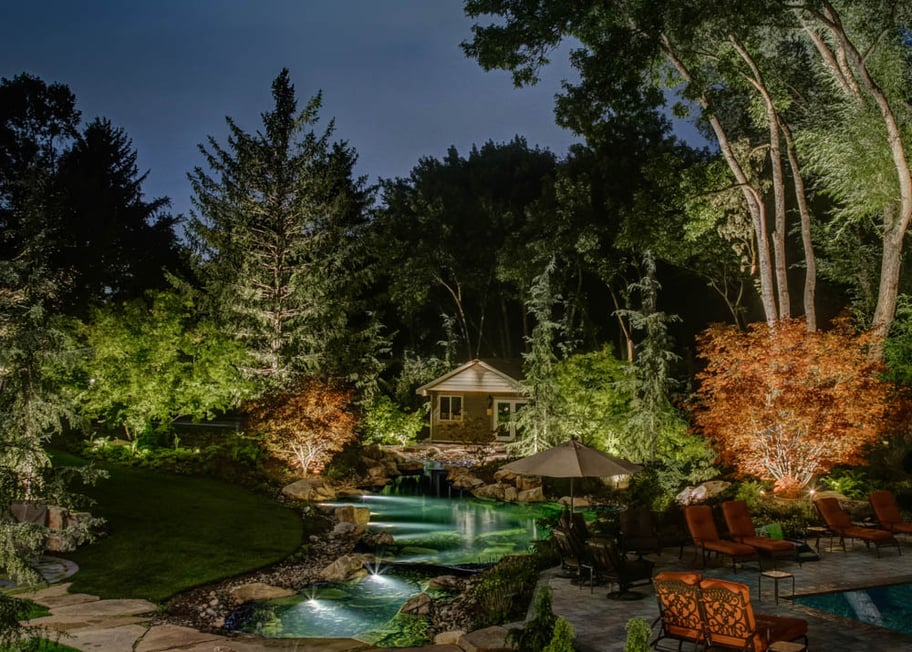
- Retrofitting LED
One great form of preventative maintenance is to retrofit your old halogen system with an LED upgrade!
Halogen lamps are known to burn out every year where LED lamps last 15 – 20 years. That means no more dealing with burnt-out lamps every few months.
- Keep LED Lamps Dry
As mentioned a moment ago, moisture is the enemy.
An LED is an electronic device just like a computer or cell phone. If it gets wet, problems will ensue. If you are retrofitting your system with LED lamps, make sure your fixtures are quality fixtures that will withstand weathering, and last longer.
Annual Service
Having your lighting specialist’s team of techs come out once a year to service your system is a highly recommended preventative measure.
During an annual service, techs will go through the entire system to check on the performance of everything. They will also take care of a large number of things:
Transformer:
- Timers will be verified to ensure they are set correctly and functioning properly.
- Any loose terminal blocks will be tightened to ensure they are securely fastened.
- Photocells will be checked to ensure they are working properly and not experiencing any interference.
- Line balances will be checked to ensure there are no power draws or over/under-boosted lines.
Fixtures:
- Fixtures will be realigned and redirected towards their target if they have shifted or moved.
- Stakes will be pounded back into the ground if they have been frost-heaved. (During the freeze-thaw cycle in the ground, fixtures can be lifted out of the ground slightly.)
- All hard water deposits on the lenses will be scrubbed and scraped clean.
- Overgrown vegetation will be trimmed back and cleaned up.
- Fixtures will be relocated to account for target growth and other changes in the landscape.
Lamps:
- Each LED lamp is examined during the annual service. If one is found to be faulty, such as having a burned-out diode or other issue, it will be replaced under its warranty.
Wire:
- All exposed wire will be reburied to a depth of at least 24 inches. This is to ensure that the wire is protected from accidental damage and that it does not pose a shock hazard.
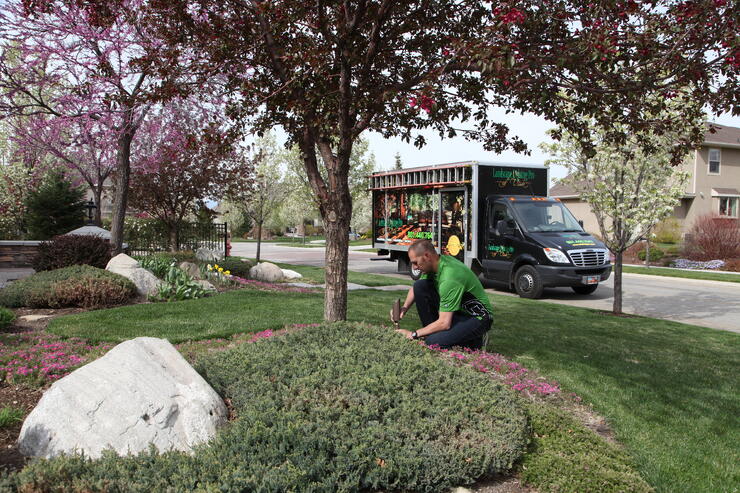
Why Is Servicing Your System So Important?
Regular maintenance is key to keeping your landscape lighting system in top condition. If you wait too long to have your system serviced, it can require a lot more work and time to get everything back to the way it was when it was first installed.
We have had clients who have gone as long as five years without having their system serviced. By that point, the system is often unrecognizable and needs a complete overhaul, rather than just a tune-up.
The best way to maintain your landscape lighting system is to take preventative measures from the start. This will help to prevent costly repairs and keep your system looking its best for years to come.
If you think your landscape lighting system is in need of a tune-up or servicing, please give us a call or fill out our online consultation form. We will be happy to send one of our lighting experts out to do a free consultation and evaluation of your lighting today.
Salt Lake City (Midvale)
801-440-7647
St. George
435-932-6627
©2025 Landscape Lighting Pro
Privacy Policy
Cookie Policy